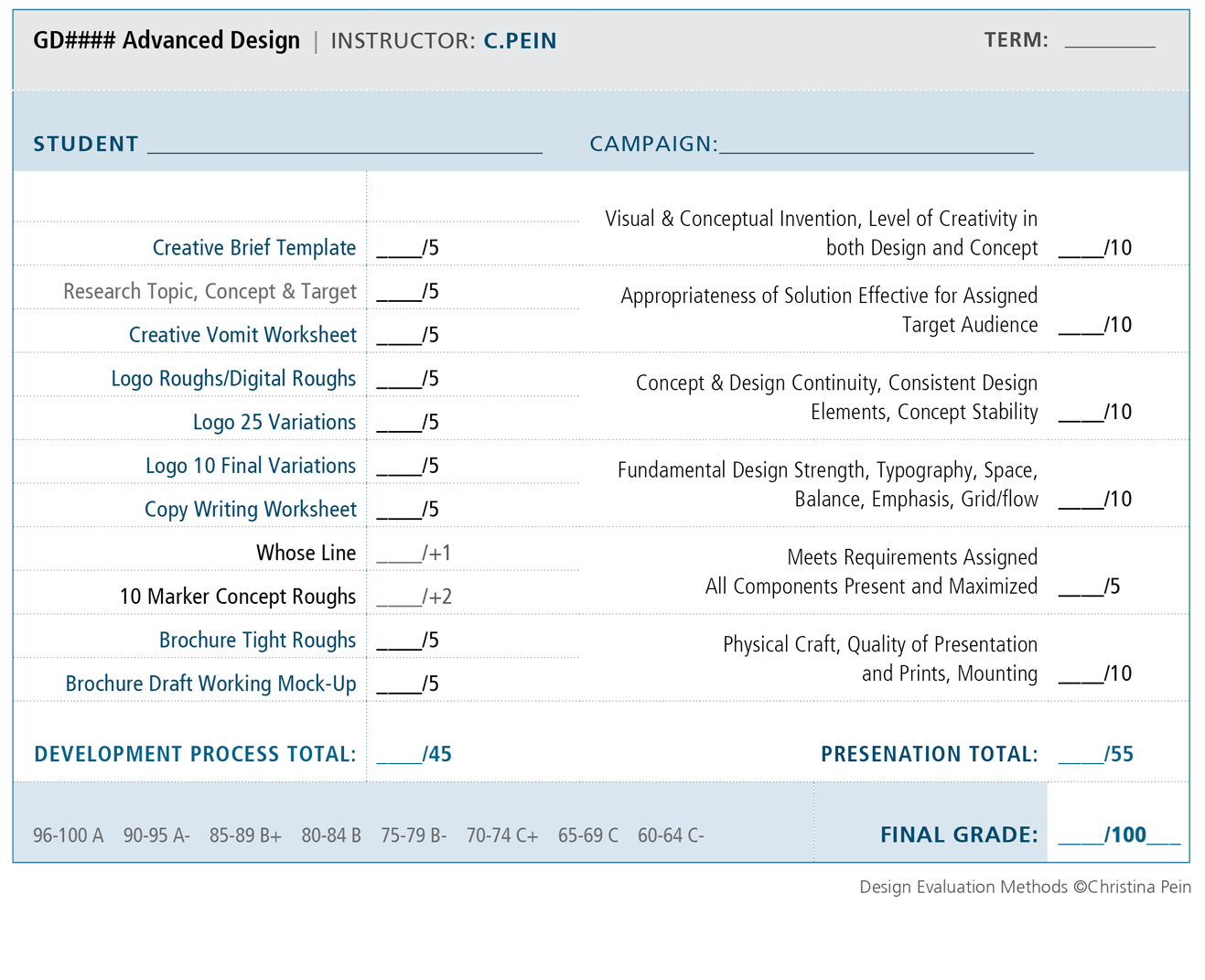Methods of Evaluation
Structuring Objective + Subjective Balance
By ChristinaPein

This is Kiwi Herman. We hand-raised him from a hatchling because his parents didn’t know how to bird. Being hand-raised allows me to get excellent photographs of him. This photo was chosen for this post because I just can’t come up with a more interesting preview image for a topic that’s kind of dry so… let’s carry on.
As a result of developing and facilitating one particular course term after term for several years, establishing an efficient yet thorough evaluation method was another labor of love. I share this here because it’s a solution I put a lot of thought in to at the time, and because giving constructive feedback on design work can be very challenging. This method worked well and also cut quite a bit of time I was spending trying to come up with what to say and how to say it.
The Primary Objective
Nearly equal weight between objective assignments (just doing the work) and subjective final project results. This provided fair opportunity to pass the course and earn a decent grade.
This also relieved some pressure on the evaluator (me) when it came to the subjective aspects. Even though my subjective opinions were qualified enough, I didn’t want those to have any more weight than they ever should.
The right column also functioned as the discussion prompts during final critiques. This evaluation system kept me and each student on track with feedback.
Left Column: Objective Assignments | Right Column: Subjective Design Quality

Alternatives
In some courses, I used a horizontal/linear scale for the subjective judgements, which also worked relatively well.
